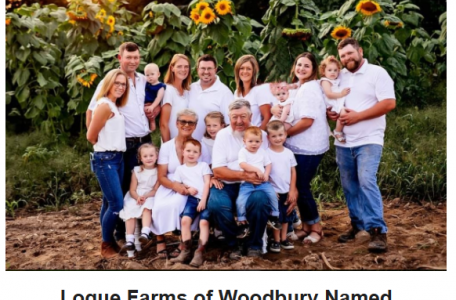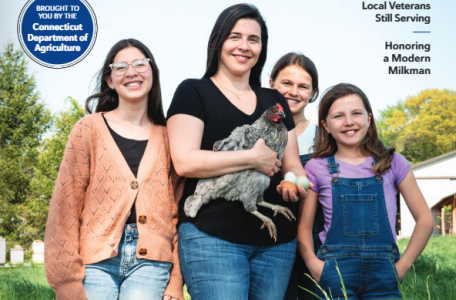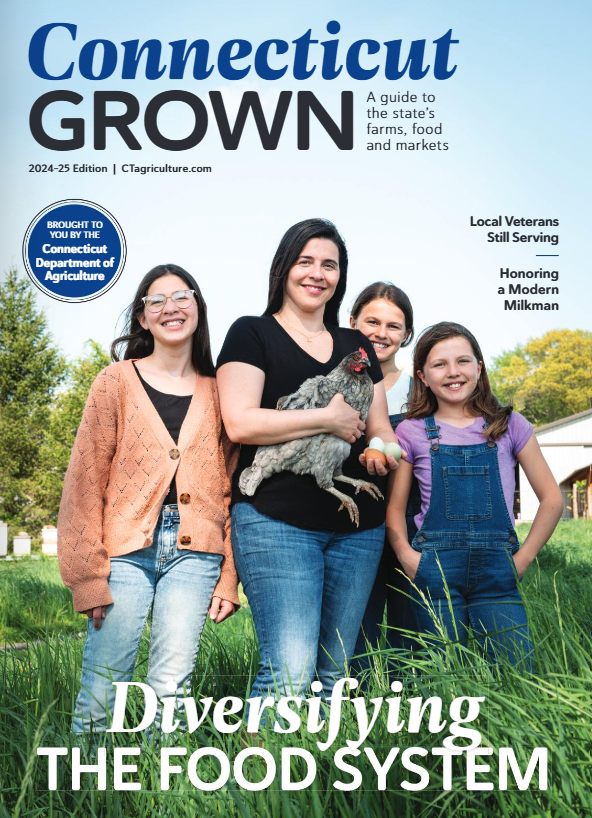Connecticut farms report strong fall harvest despite localized weather problems
The Department of Agriculture says, this year’s harvest is reported as much better than last year, which was impacted by flooding in the Connecticut river valley and late frosts.
Read more here.


